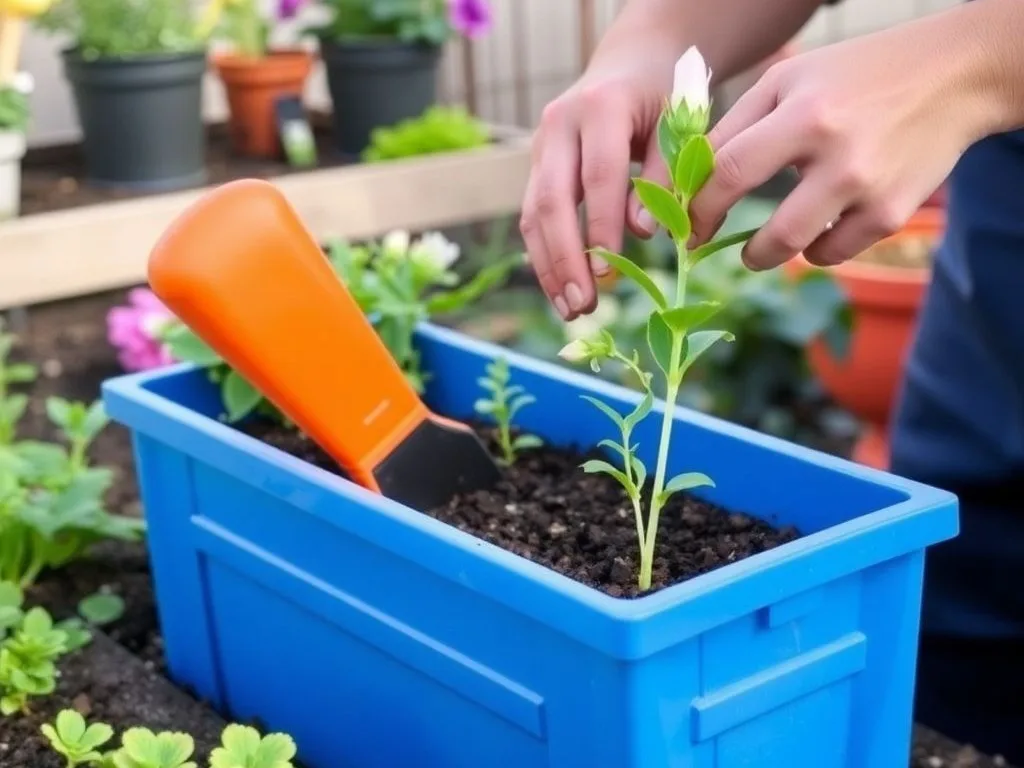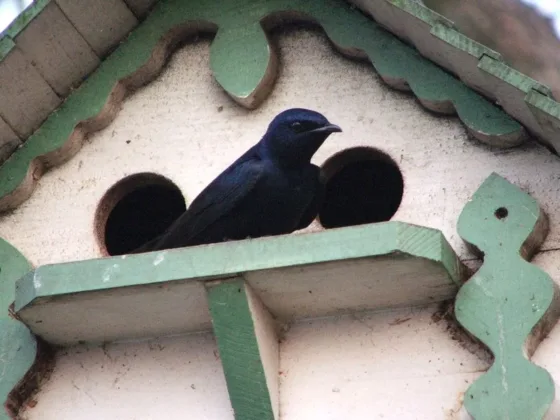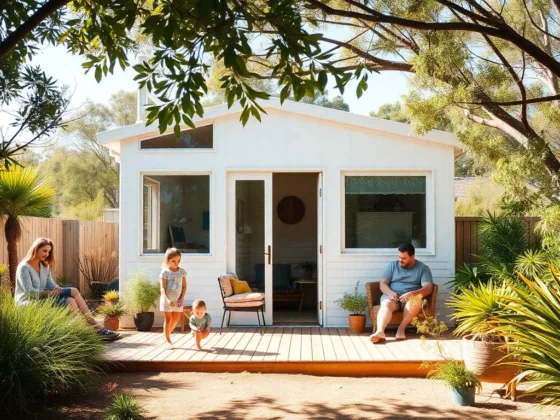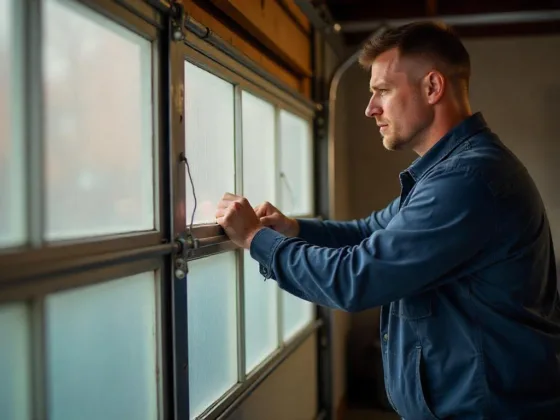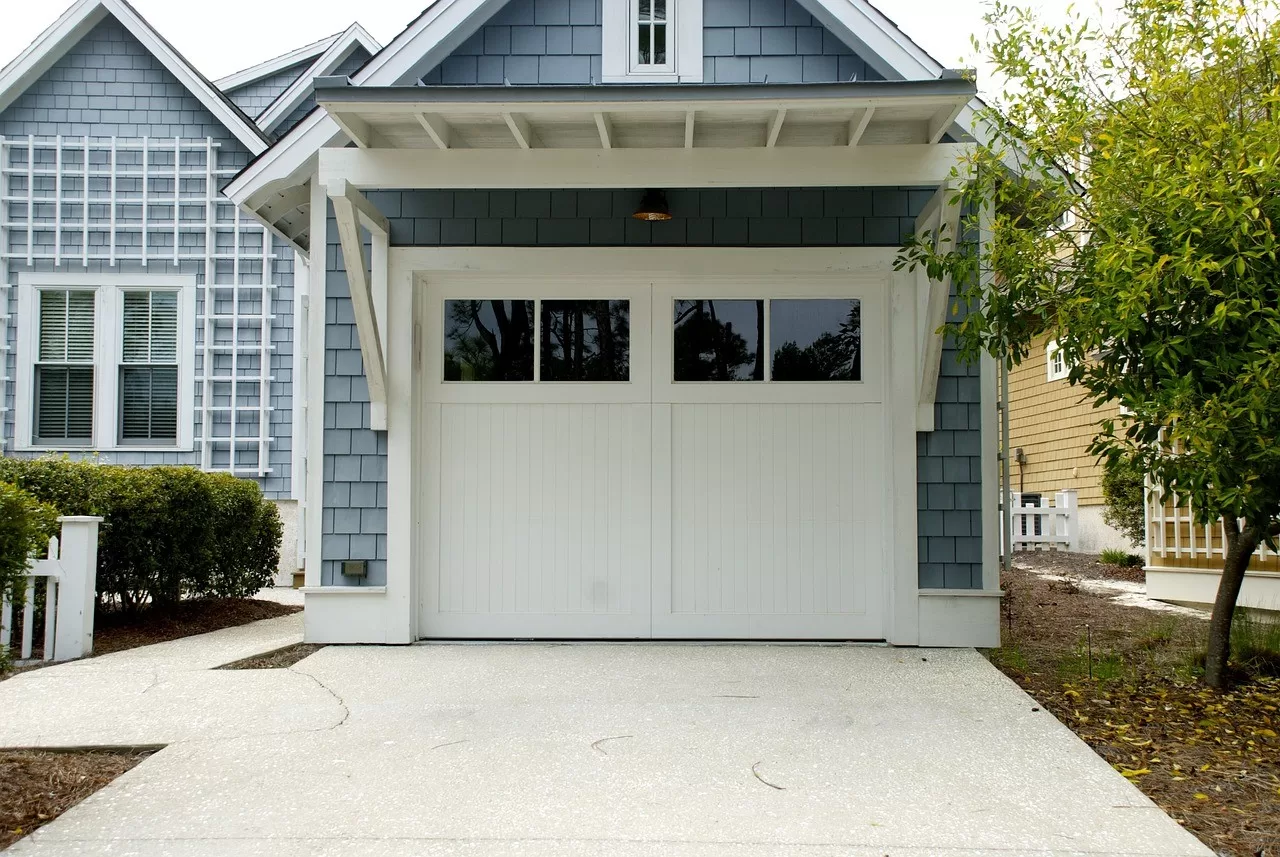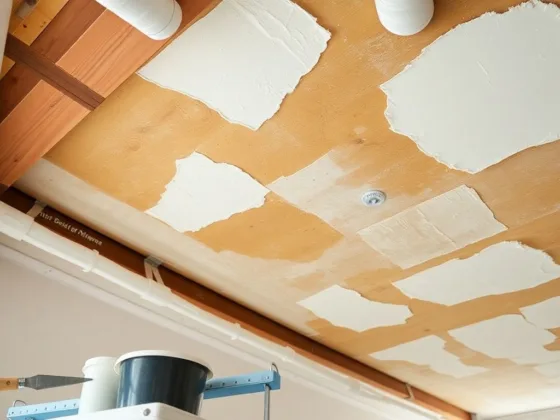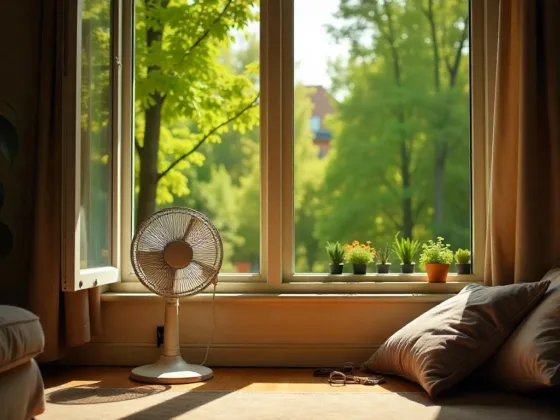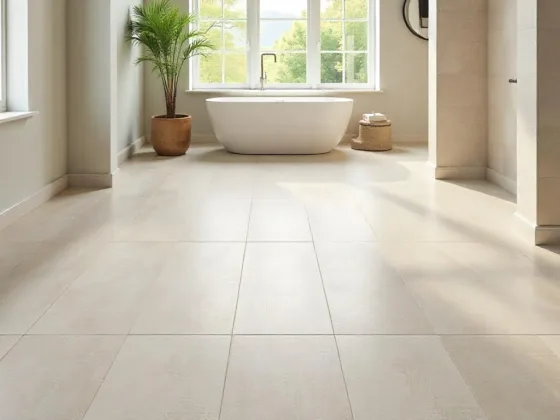Gardening is more than just a hobby; it’s a rewarding activity that connects you with nature, promotes mental well-being, and enhances your home’s aesthetic. DIY gardening empowers individuals to create their green haven, whether it’s a lush vegetable garden, a vibrant flower bed, or a minimalist indoor garden.
Starting your own DIY gardening journey is easier than you might think. From choosing the right tools to implementing creative ideas, anyone can grow their gardening expertise. One essential tool for effective gardening is Garden String, which helps you maintain organized and aesthetically pleasing gardens.
This guide will walk you through the essentials of DIY gardening, offering tips, tools, and techniques for success.
Why Choose DIY Gardening?
DIY gardening has become increasingly popular in recent years. Many people are searching for ways to improve their living spaces that are both sustainable and affordable. This trend reflects a desire for a more hands-on approach to creating and maintaining healthy environments.
Benefits of DIY Gardening
1. Positive Impact on Health
One of the key benefits of DIY gardening is the positive impact on health. Gardening is a physical activity that encourages movement and helps maintain fitness. Digging, planting, and weeding can be a great workout.
Additionally, spending time outdoors in green spaces can reduce stress and improve mental well-being. The act of nurturing plants can bring joy and a sense of accomplishment, enriching emotional health.
2. Cost-Effectiveness
Another significant advantage of DIY gardening is its cost-effectiveness. Growing your own fruits, vegetables, and herbs can save a considerable amount of money over time.
Homegrown produce often tastes better than store-bought options and is fresher. It reduces grocery bills and allows individuals to enjoy fresh ingredients right from their backyards.
3. Environmental Benefits
In addition, DIY gardening is an environmentally friendly practice. When people grow their own food, they cut down on the need for store-bought goods. This reduces packaging waste that comes from plastic containers and bags.
Fewer trips to the grocery store also lower carbon footprints, making gardening a choice that benefits the planet.
4. Creative Outlet
Gardening also serves as a creative outlet. It allows individuals to express their artistic side through choices in plant selection, design, and layout.
Creating unique landscapes and plant arrangements can be a satisfying way to showcase personal style. Every garden becomes a reflection of the gardener’s vision and creativity.
DIY gardening is not just a hobby. It promotes personal growth, enhances lifestyle, and contributes to a healthier life. Engaging in this activity can lead to greater satisfaction and an improved sense of community as people share their gardening experiences and harvests.
Choosing to garden can transform spaces while providing numerous benefits for both individuals and the environment.
Essential Tools for DIY Gardening
Starting your gardening journey requires the right tools. These tools can make tasks easier and more enjoyable. With the proper equipment, you can create a thriving garden.
Must-Have Gardening Tools
Here are some essential gardening tools that every DIY gardener should have:
- Trowel: A trowel is one of the most important tools for any gardener. It is perfect for digging small holes, allowing you to plant seeds or transplant small plants. The comfortable handle makes it easy to use for extended periods, and the sturdy blade can cut through most soil types.
- Pruners: Pruners are another crucial tool in your gardening kit. They help keep your plants healthy by trimming away dead or overgrown branches. This can improve your plants’ shape and encourage new growth. Using sharp pruners makes the job quick and effective.
- Garden String: Garden string also plays a significant role in gardening. You can use it to mark rows when planting seeds, ensuring they are spaced evenly. It also provides support for taller plants, preventing them from bending or breaking. Additionally, garden string can help you organize your plant layout, making it easier to care for each section.
When selecting these tools, focus on quality and durability. Investing in well-made tools ensures they can handle regular use over multiple gardening seasons. High-quality tools not only last longer but also provide better results in your gardening efforts.
Getting Started with DIY Gardening
Starting your own DIY garden can initially feel overwhelming, but with careful planning and a clear step-by-step method, it is entirely achievable.
Plan Your Garden
First, it’s essential to plan your garden thoroughly. Think about what you want to grow. Do you want a vegetable garden, a herb garden, flowers, or a mix of these? Each type has its unique requirements.
After deciding on the garden type, choose a suitable location. Look for a spot that gets plenty of sunlight throughout the day and has soil that is healthy and well-draining.
Prepare the Soil
Next, you need to prepare the soil. Quality soil is crucial for any garden. Begin by testing the pH level of your soil. This will help you understand its current condition.
Based on the test results, you may need to add organic matter, such as compost, or fertilizers to improve the soil’s quality. Well-prepared soil supports strong and healthy plant growth.
Choose the Right Plants
Choosing the right plants is another critical step in starting your garden. Research and select plants that will thrive in your local climate. Look for options that are well-suited to your region and can grow successfully.
If you’re new to gardening, consider starting with low-maintenance plants. Tomatoes, basil, and marigolds are great choices that are easier to care for and can provide satisfying results.
Organize Your Space with Garden String
Using garden string is a practical way to organize your space. Mark planting rows and spaces with the string to keep everything in line.
This simple tool helps you visualize your layout and makes it easier to maintain a neat and structured garden. It also guides plant growth, ensuring that plants have enough room to thrive.
Watering and Maintenance
Lastly, watering and maintenance are vital for your garden’s success. Create a regular watering schedule to ensure your plants receive the right amount of moisture.
Additionally, keep an eye on your plants for any signs of pests or diseases. Early detection allows you to address issues before they become significant problems, ensuring a healthier garden overall.
Creative DIY Gardening Ideas
Gardening is not just a hobby; it is a form of expression. Engaging in DIY projects allows individuals to bring their creativity into their outdoor spaces, making gardens unique and personal.
1. Vertical Gardening
One popular approach is vertical gardening. This method helps make the most of limited space. By using shelves, hanging pots, or trellises, you can cultivate a variety of plants without requiring a large area.
It is particularly useful for those with small yards or even balconies. Vertical gardens can be visually striking, adding height and depth to your gardening space.
2. Recycled Planters
Another innovative idea is to use recycled planters. Instead of purchasing new pots, you can repurpose items like old jars, tires, and wooden crates. This not only adds character to your garden but also supports sustainable practices.
Each recycled planter tells a story and contributes to a more eco-friendly environment. The variety of materials can lead to creative combinations, making your garden stand out.
3. Themed Gardens
Creating themed gardens offers another opportunity for creativity. For example, a butterfly garden can feature nectar-rich flowers that attract these beautiful insects.
Alternatively, a zen garden can include succulents arranged with sand, providing a calm and peaceful atmosphere. Themed gardens allow gardeners to express their interests and desires, enhancing the overall experience.
4. DIY Compost Bin
Finally, establishing a DIY compost bin is a practical and rewarding project. By collecting kitchen scraps and yard waste, you can create nutrient-rich compost.
This enriches the soil in your garden and helps reduce the amount of waste sent to landfills. Making your own compost is simple and beneficial for both your plants and the environment.
There are numerous creative DIY gardening ideas to explore:
- Vertical gardens
- Recycled planters
- Themed gardens
- Composting
Each project offers a chance to express individuality while enhancing your green space.
Maintaining Your DIY Garden
To have a successful and healthy garden, regular maintenance is essential. Consistent care keeps plants thriving and ensures a vibrant and productive space.
Tips for Garden Maintenance
Pruning and Weeding
Pruning and weeding are critical tasks. Start by removing dead leaves and faded flowers, as they can attract pests and diseases. Pull out weeds regularly to prevent them from competing with your plants for nutrients and water.
Mulching
Mulching is important for soil health. Spread a layer of mulch around your plants. This helps retain moisture in the soil, reducing the need for frequent watering. Mulch also blocks sunlight, which can stop weeds from sprouting.
Supporting Taller Plants
Support your taller plants to help them grow upright. Use stakes, cages, or garden string. This support is especially important for plants like tomatoes and beans. Proper support allows these plants to get sunlight and air, which helps them produce better yields.
Seasonal Care Adjustments
Adjust your care routines based on the seasons. In colder months, protect delicate plants by covering them during frost. In summer, increase watering to keep the soil moist and prevent plants from wilting. Be aware of the specific needs of each plant type as seasons change.
Following these maintenance tips, your DIY garden can flourish and provide a beautiful, bountiful harvest. Consistent effort leads to a more enjoyable gardening experience.
Common DIY Gardening Challenges and Solutions
Gardening can bring joy and beauty to your space, but it often comes with a set of challenges. These obstacles can hinder your success if not addressed properly. However, with effective strategies in place, you can manage these issues and enjoy a thriving garden.
Dealing with Pest Infestations
One common challenge is dealing with pest infestations. Pests like aphids, mites, and caterpillars can damage plants and reduce yields. Instead of reaching for chemical pesticides, consider introducing natural predators to your garden.
For instance, ladybugs can help control aphid populations. Additionally, organic pest control sprays made from natural ingredients can provide an effective solution without harming beneficial insects.
Managing Watering Needs
Another frequent issue is overwatering or underwatering plants. Both can stress plants, leading to poor growth or even death. Understanding the water needs of each plant is crucial. Researching specific requirements can prevent these problems.
To gain accurate insights into soil moisture levels, use a moisture meter. This tool helps you determine when to water, ensuring your plants receive the right amount of hydration.
Improving Soil Quality
Poor soil quality is yet another challenge that many gardeners face. Soil that lacks nutrients can stunt growth and reduce plant health. To combat this, regularly enrich your garden soil with compost or organic fertilizers.
Compost adds vital nutrients and improves soil structure, enhancing its ability to retain moisture and nutrients. This practice promotes healthier plants and improves overall garden productivity.
Overcoming Space Limitations
Limited space can also pose a problem, especially for those in urban areas or with small yards. Lack of room does not mean you cannot enjoy gardening. Container gardening is one effective solution.
By using pots or raised beds, you can grow a wide range of plants even in tight spaces. Vertical gardening techniques are another option. This method involves growing plants upward on trellises or walls, maximizing space while creating an attractive display.
By recognizing these common challenges and implementing the suggested solutions, gardeners can create a healthy and vibrant garden. With thoughtful planning and the right approach, you can overcome obstacles and cultivate a thriving green space.
Conclusion
DIY gardening is a fulfilling and versatile activity that brings numerous benefits, from improving health to enhancing your home environment. With the right tools, such as a Garden String, and proper planning, anyone can transform a simple patch of land into a vibrant garden.
Whether you’re a beginner or an experienced gardener, embracing creativity and staying consistent with maintenance ensures success in your gardening endeavors. Take that first step today and enjoy the joy of growing your own plants. Your perfect garden awaits.
FAQs About DIY Gardening
DIY gardening promotes physical and mental well-being, saves money, supports sustainability, and allows you to create a personalized green space.
Yes! Vertical gardening, container gardening, and window boxes are excellent options for small spaces.
Watering frequency depends on the plant type and weather conditions. Check soil moisture regularly to ensure adequate hydration.
Garden String is a must-have tool because it helps organize planting rows, support growing plants, and maintain a structured garden layout.
